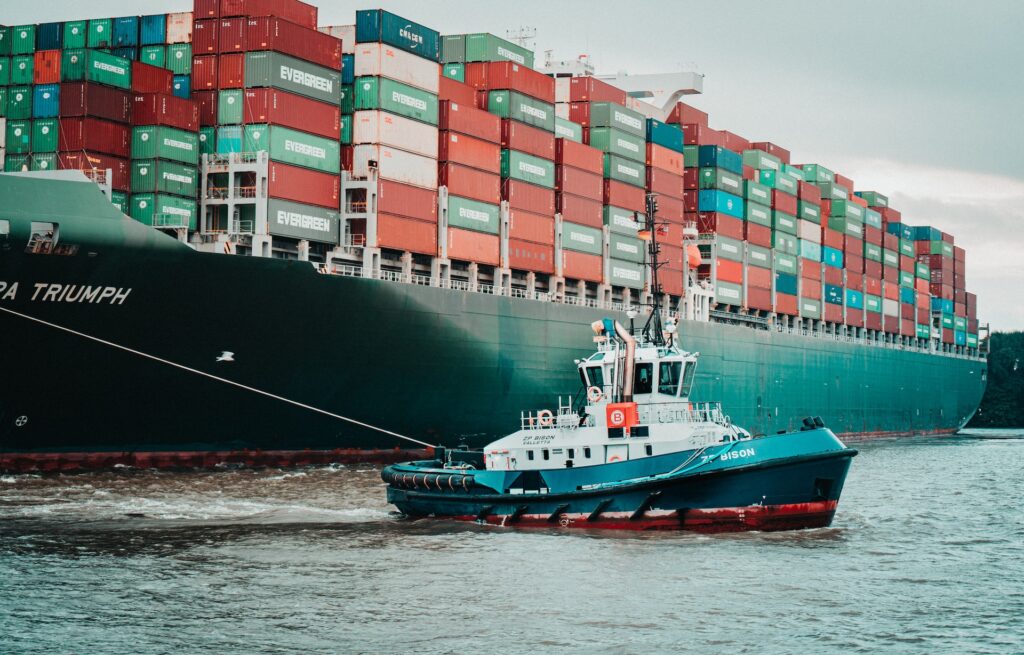Grow My Business
Industry News
Why quick cash is the answer for SMBs facing supply chain shortages
By FundThrough

If you’ve tried to buy anything during the COVID-19 pandemic, you’ve suffered the effects of supply chain shortages. For many small business owners, the problem is more serious than waiting extra days for items in online shopping carts to ship. If you create products to sell or need goods to provide your services, you’re going to wait longer than you did before to get them. Why is that? Here’s the high level explanation.
The Forces Causing Supply Chain Shortages
- Reduced factory output. At the beginning of the pandemic, factories around the world shut down completely in response to rising COVID-19 cases. Ever since, they have dealt with repeated lockdowns. During times they were open, production was slowed down by fewer workers being available due to illness or quarantining upon exposure.
- Cut shipping schedules. When COVID-19 made its entrance, many industry players thought there would be less demand for goods, so they cut shipping schedules. That was correct for many products, but very incorrect for others whose demand spiked. This has been true for businesses who create pandemic-relevant goods for other businesses during the pandemic, or that consumers needed to live and work more at home.
- Scarcity in supply chain materials and labor. Shipping containers became a hot commodity when they were packed with sorely needed pandemic supplies and sent to remote locations or other areas that don’t normally pack and send them back. Add in closed ports, fewer port workers, and a trend toward lean inventories before the pandemic began, and it’s easy to see why shortages exist.
This is an urgent issue for our small business clients who need materials to serve their customers, and therefore stay in business. They’ve told us that many suppliers have adopted a “first-come-first-serve” approach to fulfilling orders. In other words, suppliers are triaging orders by the customers who are able to pay the fastest – or even in advance of receiving deliveries.
Why Supply Chain Shortages Strangle Cash Flow
- Their cash gets tied up in inventory. The length of time small businesses must pay suppliers in advance of their usual schedule is the length of time their cash is unavailable.
- They need more cash during the end of year. This is a time when small business owners might experience a slow period because of the holidays, need to pay holiday bonuses, or are planning how they’ll finance work for next year (and hopefully, big growth projects).
- Customers might try to extend their own payment terms. B2B payment terms are already long (think 30, 60, or 90 days). Because a small business owner’s clients are experiencing the same shortages they are, some might try to ease their own cash flow burdens by paying even later – delaying cash flow for small business owners even more.
Cash Flow Solutions for Getting First In Line for Supplies
So what’s the solution for these small businesses suffering from a lack of materials AND a lack of cash that’s even worse than usual? There are a few things you can do:
- Triage your own orders in the same way. One approach is to adopt the same method of handling orders by fulfilling the ones you get paid fastest for first. But one problem with this solution for many small businesses is that their customers – especially their most valuable customers – are large companies. Just as they dictate long payment terms, they have the power in negotiating when they receive their orders. And doing so might damage an important relationship.
- Look for alternative financing
- Speed up cash flow for work that’s already been done with invoice funding
Ready to factor an invoice?
Get started by creating a free FundThrough account, or connecting your QuickBooks, OpenInvoice, or WorkBench account to start funding an invoice.